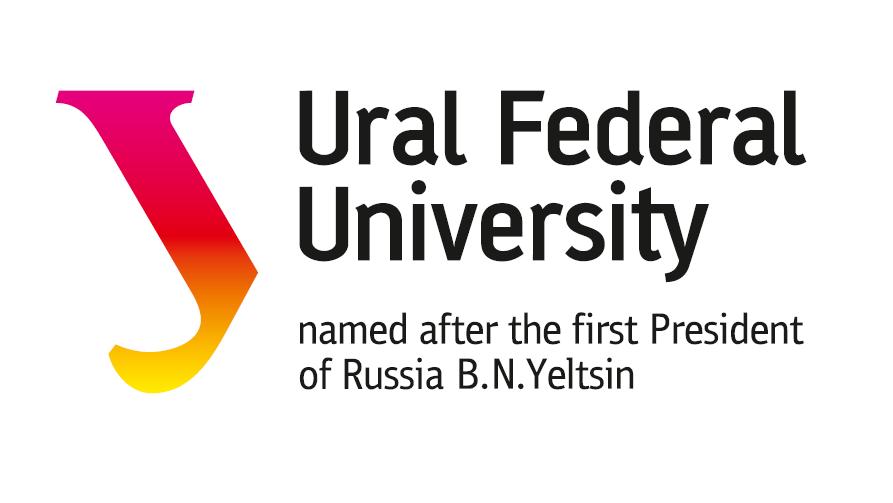Ural federal university: Research Education Center Participates in High-Speed Trains Development
Vitaly Brekson is confident that close work of Ural Locomotives with scientists will give the desired result. Photo: Ural Locomotives press service.
The largest machine-building cluster for the development and production of high-speed rail (HSR) transport is being created in three regions of Russia at once. It is planned to produce a high-speed train with a cruising speed of 360 kph or 224 mph (and a maximum of 249 kph). The project is being implemented within the framework of the Ural Interregional Science Education Center of the world level – Advanced Industrial Technologies and Materials.
The production of trains is planned to be launched in the Sverdlovsk Region at the Ural Locomotives plant with the involvement of partners from the Chelyabinsk and Kurgan regions. New structural materials will be created and implemented, and intelligent transport control systems will be developed. The project will create several thousand jobs.
“When creating a high-speed train, the Uralskiye Lokomotivy plant is actively cooperating with the Russian Railways state enterprise,” says Vitaly Brekson, First Deputy General Director for Technical Policy at Uralskie Lokomotivy LLC. – I believe that from 2026 it will serve the St. Petersburg – Moscow section. There is still a lot to do to build this train. We are counting on cooperation in the production of traction drives, power electronics, and the development of materials with new qualities and properties within the framework of REC work”.
The field of power electronics is of great importance in the project. In Yekaterinburg, the company “Gorizont” is closely cooperating with the UrFU in the development and manufacture of a number of samples of traction converters. And the development prospects of these products are very broad.
In addition, the area of materials development is very relevant. Today on the railways there is a problem of using steel for wheels.
“Now we use alloys and materials that were developed 30–40 years ago,” says Vitaly Brekson. – Unfortunately, further scientific work was carried out sluggishly. And today this topic is ripe, and this should be dealt with. This is a very serious thing, especially in relation to heavy traffic and high speed transport. Creation of polyurethanes and rubbers. We have to buy some of these products abroad. Through experience we have already created technical requirements for a number of such products. They must be developed in Russia, and here we set a task for our scientists.”
Also in his report during the summing up of the work of the Ural REC in 2020, Vitaly Brekson spoke about other projects the plant is working on. As for the line of heavy-weight locomotives, the plant has already begun assembling a prototype 2ES6A electric locomotive with a domestic asynchronous drive. It is supplied by Traction Components, also part of the Sinara Group. All elements of this drive are created in the Urals. This electric locomotive will be tested in early 2022. In the future, it should become a flagship, a new basic platform, on the basis of which Russian Railways will be able to obtain the most diverse line of vehicles that will be used in the coming decades.
The creation of double-deck trains, which have the working name Meridian, is also promising. They are planned to be used on the Moscow – South routes. They will be produced on the basis of the Lastochka (interscity) trains.
“Nevertheless, this is a completely different train, says Vitaly Brekson. – There are a number of different modifications within the project. The creation of such a train requires us to search in the development of a sufficiently large number of innovative themes – from finishing materials to seats for passengers and the locomotive crew. And I hope that science will both support and help. And together we will be able to ensure the timely high-quality implementation of these projects.”

